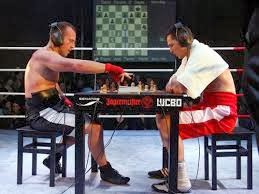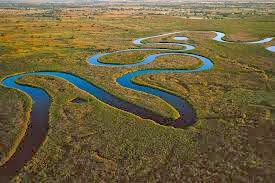El
presente era
melancólicamente
cierto,
¡oh
Avalón!:
encontró
el Santo Grial,
El
futuro contieneel
antídoto.
la
certeza de las certezas,
¡oh
justicia no-poética!:
Encontrará
a Mordred,
antes,
mucho
antes.
El narrador es el mago Merlín que habla sobre el futuro y el presente pero no del pasado. Habla sobre Arturo.
Avalón: isla legendaria donde Morgana llevó su cuerpo tras la batalla de Camlan. Significa manzana.
El Santo Griall: copa que usó Jesucristo en la última cena. Su búsqueda se convierte en la prueba de pureza y valor de los caballeros.
Mordred: hijo entre Arturo y Morgana que termina con su vida en la batalla. Es erosionado como caballero.
--English version--
This was
sadly true,
Avalon oh!:
found the Holy Grail
The antidote contieneel future.
certain certainties,
Oh no-poetic justice!:
You will find Mordred,
before much earlier.
sadly true,
Avalon oh!:
found the Holy Grail
The antidote contieneel future.
certain certainties,
Oh no-poetic justice!:
You will find Mordred,
before much earlier.
The narrator is the magician Merlin talking about the future and not the present but the past. Discuss Arturo.
Avalón: legendary island where Morgana took his body after the battle of Camlan. Means apple.
Santo Griall: cup that Jesus used at the Last Supper. Your search becomes the evidence of purity and value of the knights.
Mordred: son between Arthur and Morgana ending his life in battle. It is eroded as a gentleman.






